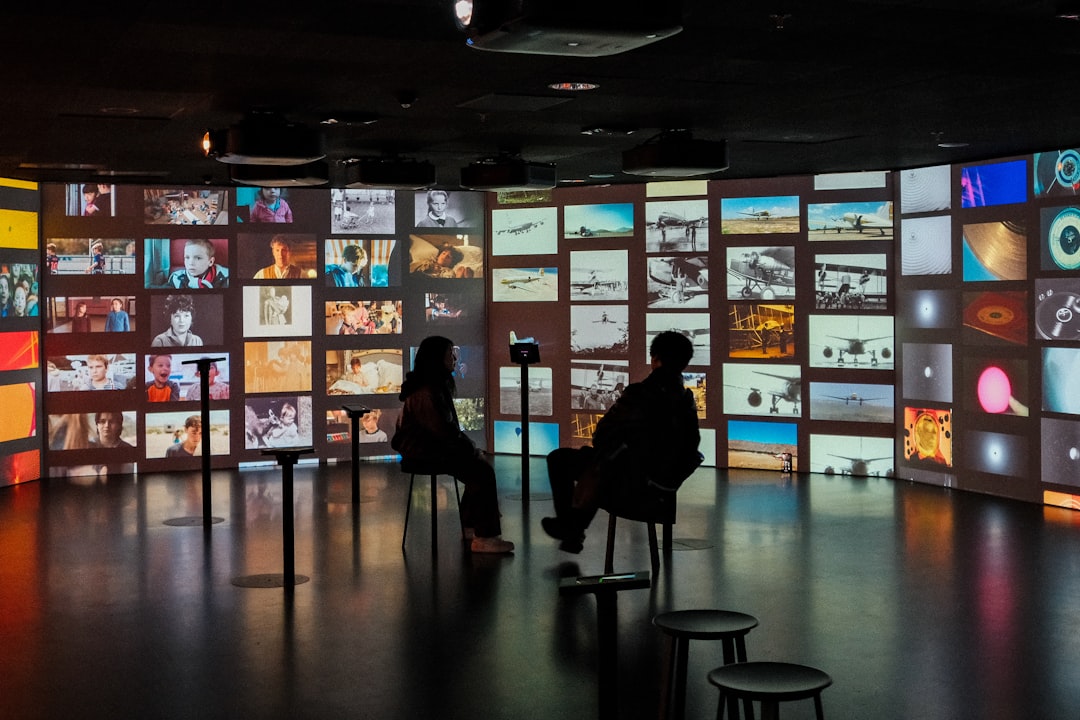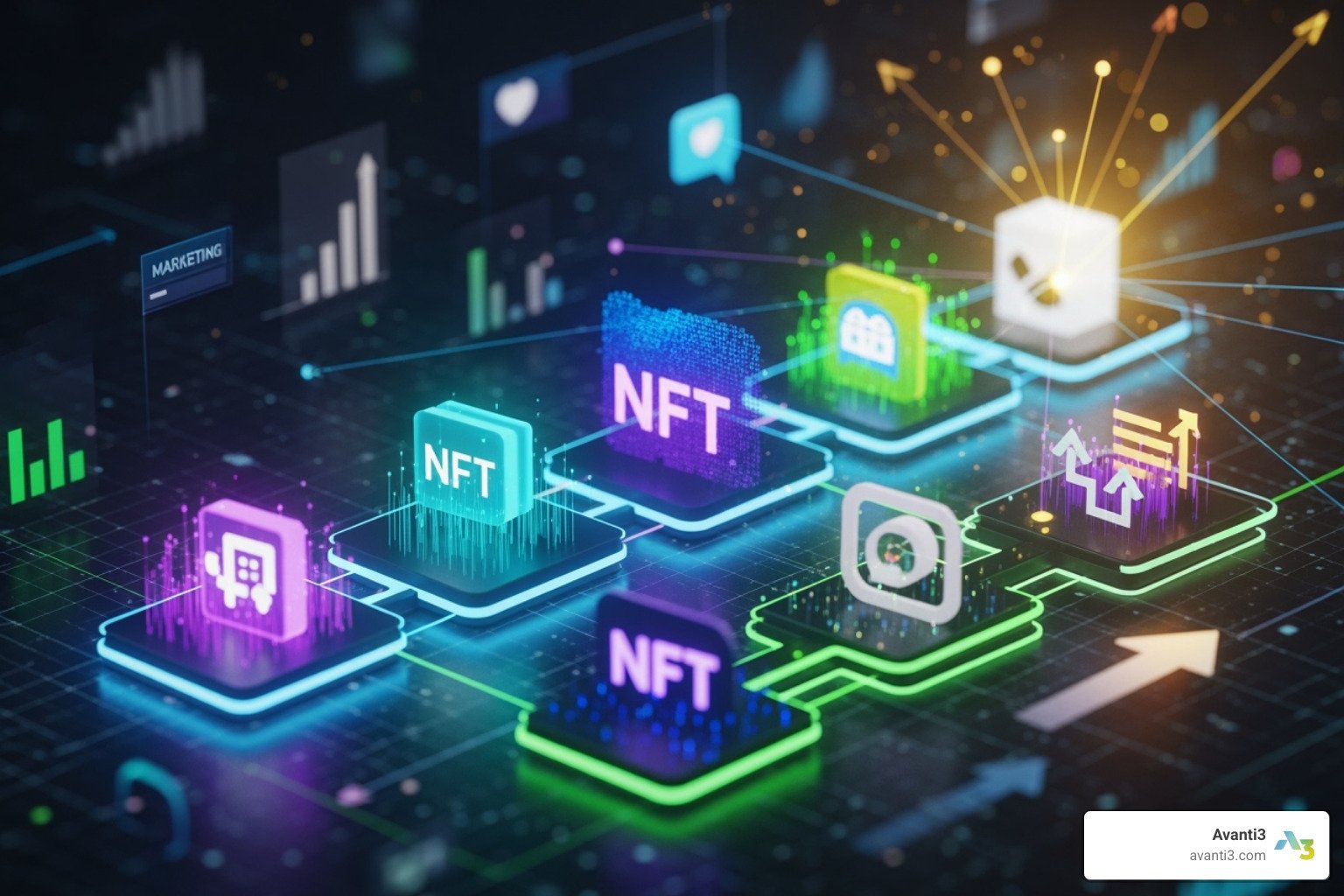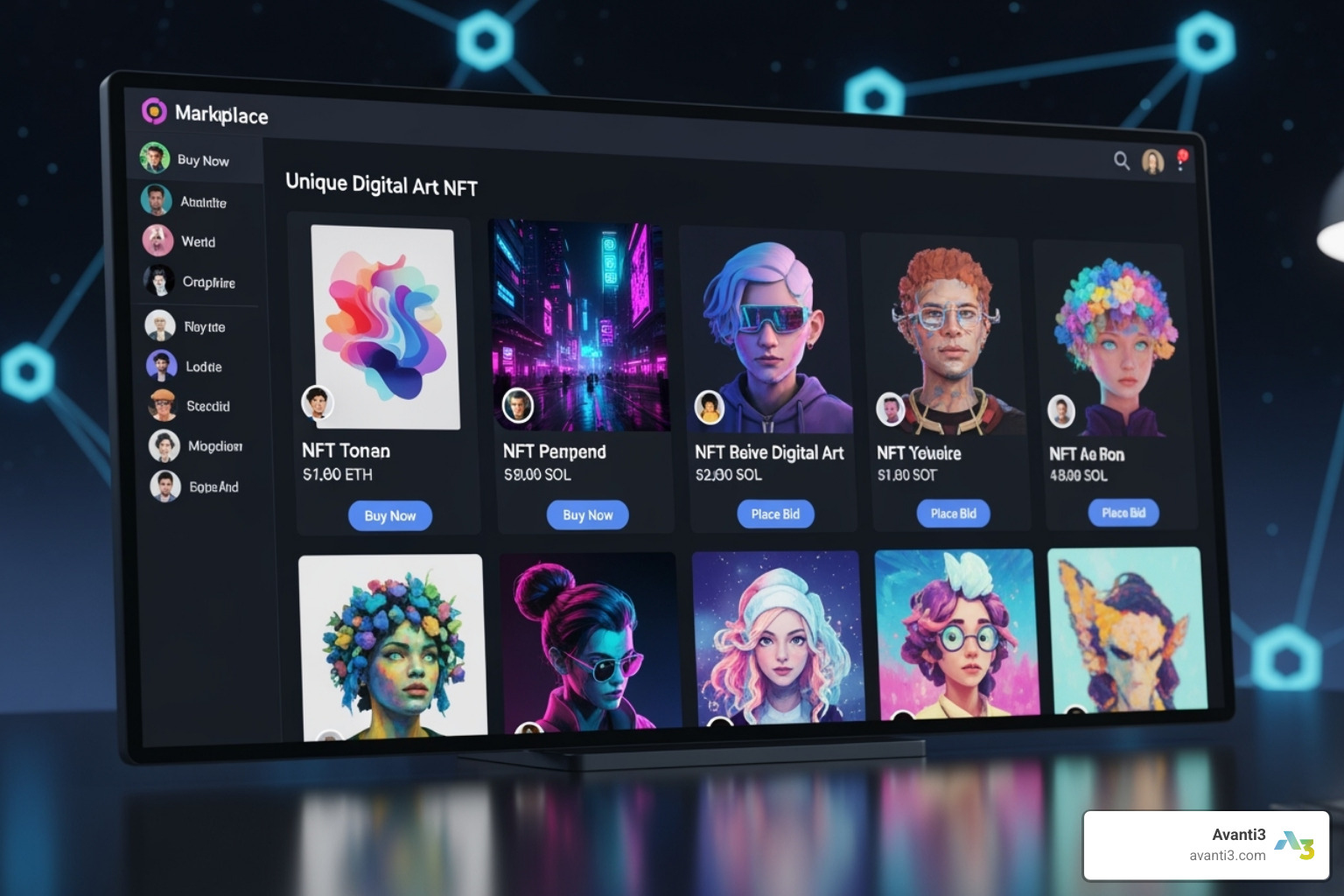Digital Storytelling in Museums: Master 2025 Magic
Open uping Museum Magic with Digital Storytelling
Digital storytelling in museums is reshaping how we connect with history, art, and culture. It transforms traditional, static displays into vibrant, interactive narratives, making cultural heritage more accessible and engaging for everyone.
- What it is: Digital storytelling combines images, video, art, and narration into short, compelling audio-visual clips that bring artifacts and concepts to life.
- Why it’s important: In an age of fierce competition for attention, modern visitors expect interactive, multimedia content. Digital storytelling helps museums meet these expectations, making learning more immersive.
- How it helps: It makes complex historical events more relatable, connects with diverse audiences, and preserves cultural heritage in new, dynamic ways.
Digital storytelling in museums terms to learn:
- 3d art
- art for exhibition
What is Digital Storytelling and Why is it Crucial for Modern Museums?
At our core, we are storytelling creatures. This fundamental need for narrative is why digital storytelling in museums isn’t just a trend; it’s a crucial evolution. It breathes life into static artifacts, changing them from mere objects into portals to the past, filled with emotional connection and human context.
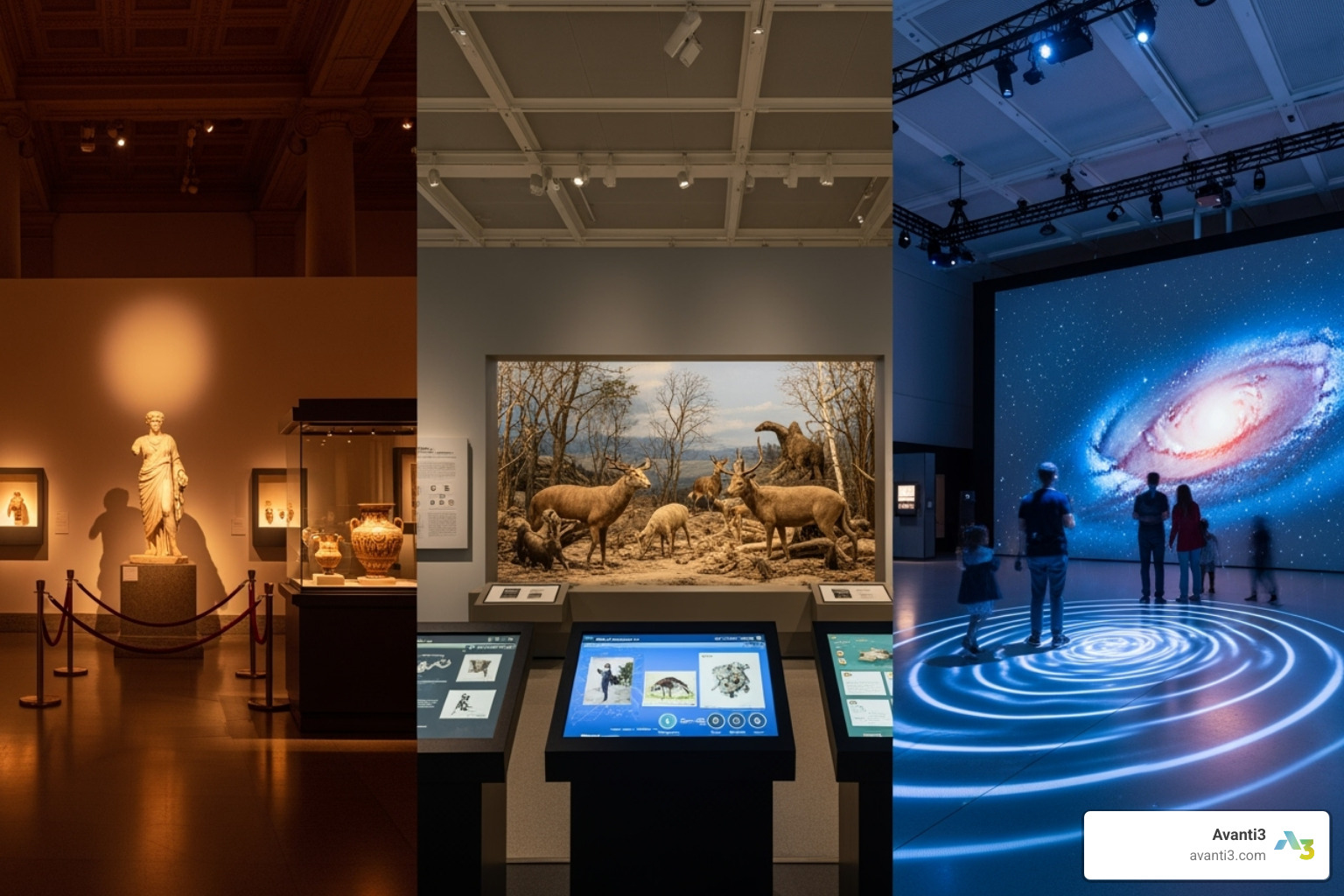
The museum landscape has changed. Visitor expectations have broadened, and museums must now be entertaining, educational, and engaging all at once. Modern visitors expect interactive content, seamless access to information, and experiences that are both multilingual and inclusive. Digital storytelling allows museums to meet these expectations head-on, offering a dynamic way to remain relevant. It also creates a vital bridge to the community, improving accessibility for remote audiences and ensuring our rich cultural heritage continues to be explored and cherished.
The Art and Science of Digital Storytelling in Museums
The Core Elements of a Compelling Museum Narrative
Crafting a successful digital story is both an art and a science. The goal is to transform passive observation into active participation. At the heart of any compelling digital story are seven key components:
- Point of View: Whose story is being told and what unique perspective does it offer?
- A Dramatic Question: What central question drives the narrative forward? The Acropolis Museum, for instance, used “the perception of snakes in Archaic Greece” as a dramatic question.
- Emotional Content: How does the narrative connect with the audience on an emotional level?
- Voice: The narration should be authentic and engaging.
- Soundtrack: Music and sound effects improve the mood and experience.
- Economy: Every element should serve the story. Brevity is key.
- Pacing: The rhythm of the story keeps the audience engaged.
Successful storytelling also hinges on a “Big Idea”—a single, central purpose for the narrative. This aligns with Freeman Tilden’s principles of interpretation, which emphasize that interpretation must relate to the visitor’s experience, provoke thought, and be an artful, enthusiastic revelation. The human story should always be the focus.
To dig deeper into designing compelling experiences, explore the topic of digital experience design.
Technologies That Power Immersive Stories
Technology transforms the visitor experience from passive observation into active, personal participation.
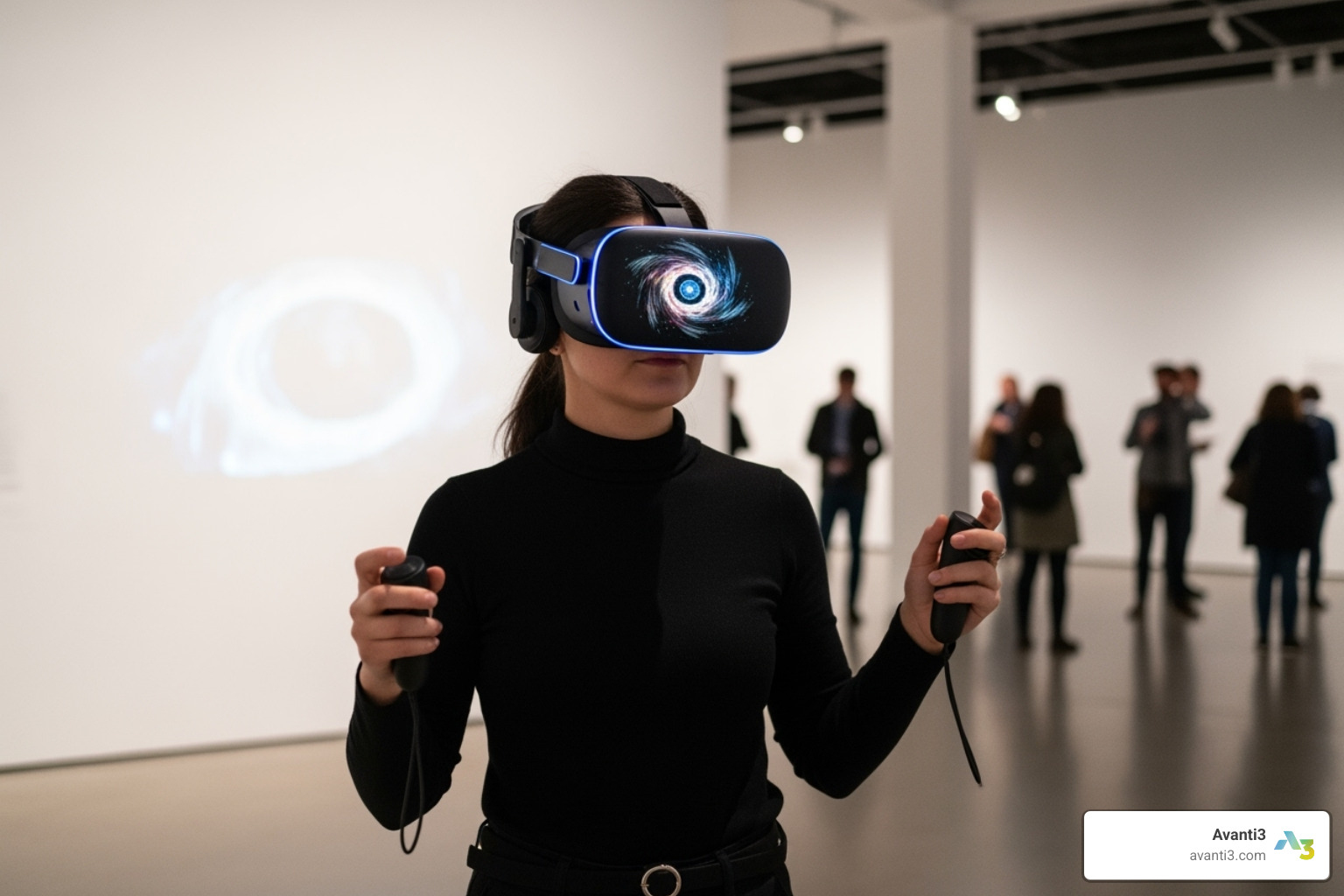
Here are some key technologies:
- Augmented Reality (AR): AR overlays digital information onto the real world. The British Museum famously used AR in a tablet gaming app for children, turning a museum visit into an interactive treasure hunt. For more on this, see information about augmented reality marketing.
- Virtual Reality (VR): VR immerses visitors in a completely digital environment, perfect for historical reconstructions or remote exploration.
- Mobile Apps & Guides: Mobile apps and Bluetooth guides can deliver personalized, location-based tours. Melbourne Museum’s WW1: Love & Sorrow exhibition used this technology to let visitors follow the personal stories of historical figures.
- QR Codes and NFC Tags: These simple tools link physical exhibits to digital content like videos, images, and stories without requiring a large app download.
- Interactive Installations: Large touchscreens and projection mapping allow multiple visitors to engage with a story simultaneously.
These technologies are tools that serve the story, keeping the human context central. To explore their full potential, learn more about AR/VR immersive experiences.
Inspiring Examples of Effective Digital Storytelling in Museums
Many institutions show how technology can bring history and art to life.
- The Smithsonian Learning Lab uses digital storytelling to connect global audiences with its collections, bridging geographical gaps.
- The Acropolis Museum in Athens created a digital guide that used a “dramatic question” about the perception of snakes in ancient Greece to guide visitors through its collection.
- The Delaware Art Museum invited visitors to create their own stories inspired by its online collections, empowering them as active participants.
- The Digital Museums Canada program, through its “Community Stories” initiative, provides funding and support for smaller museums to develop their own digital storytelling projects, preserving local narratives.
These examples show that successful digital storytelling in museums makes the human story the focus, changing passive viewing into active participation.
Best Practices for Implementing Digital Storytelling in Museums
A strategic approach is crucial for successful implementation. A core focus on great storytelling should drive the interactive design.
Key best practices include:
- Start with a Plan: Before choosing technology, define your audience and the central story you want to tell. A clear interpretative plan is essential. You can read more about these insights in scholarly articles on best practices for digital storytelling in museums.
- Foster Collaboration: Effective digital storytelling requires teamwork between curators, educators, designers, and tech specialists.
- Maintain High Standards: Digital products must be polished, with high-quality graphics, relevant music, and professional footage to maintain credibility.
- Measure Success: Use visitor feedback, surveys, and engagement metrics (views, shares, interaction time) to understand the impact of your stories and identify areas for improvement.
Overcoming challenges like funding is possible through strategic planning and programs like Digital Museums Canada, which offers significant support for digital projects.
For more comprehensive strategies, explore digital engagement solutions.
Connecting with Diverse Audiences and Preserving Heritage
Digital storytelling is a powerful tool for inclusion and cultural preservation. It helps shift historical power imbalances by amplifying the voices of communities traditionally marginalized due to race, ethnicity, or socioeconomic status. By empowering these groups to share their own narratives, museums can present a more authentic and comprehensive view of history.
Oral histories are a cornerstone of this approach. Digitizing personal accounts preserves invaluable intangible heritage and creates powerful connections to the past. To ensure broad accessibility, initiatives should also prioritize multilingual content, making the museum experience welcoming to all.
This process also empowers visitor voices, changing them from passive recipients into active co-creators of meaning. By inviting visitors to contribute their own stories, museums foster a sense of community and belonging. This work can address broader social justice issues, improve cultural relevance, and ensure that our rich human experience is preserved for future generations.
For those interested in how digital art can create truly immersive experiences, explore solutions for virtual art experiences.
The Future is Narrative: What’s Next for Museums?
Future Frontiers: AI, Web3, and Personalized Journeys
The world of digital storytelling in museums is on the verge of a new era, where technology can make every visit a unique, personalized experience.
Personalized visitor paths are becoming a reality. Imagine an experience that adapts to your interests in real time. AI-driven narratives can learn your preferences and guide you on a customized journey. The EU-funded CHESS Project and experiments at the Smithsonian American Art Museum are already pioneering these adaptive audio tours.
The real game-changer, however, may be Web3 integration. This technology opens up unprecedented opportunities:
- Blockchain for provenance can create unbreakable digital records of artifacts and stories, guaranteeing their authenticity for generations.
- NFTs for digital art and artifacts create new ways for museums to engage audiences and fund their missions. Owning a unique digital piece of an exhibition or gaining exclusive access to virtual events can build strong community ties and provide crucial funding. NFT digital art and sales solutions offer a starting point for institutions exploring this space.
These technologies transform engagement, helping cultural institutions build communities around digital experiences, offering reward systems and new revenue streams. Web3’s decentralized nature empowers visitors to become co-creators of cultural narratives, not just consumers.
While challenges like funding and technical expertise exist, support programs are emerging to help institutions innovate. The future of digital storytelling in museums is about creating deeper, more meaningful connections between people and their cultural heritage. It’s about making every museum visit a personal journey, ensuring our shared stories inspire for generations to come.
Ready to explore what’s possible? Find out how virtual reality experiences can transform your institution’s storytelling capabilities.

